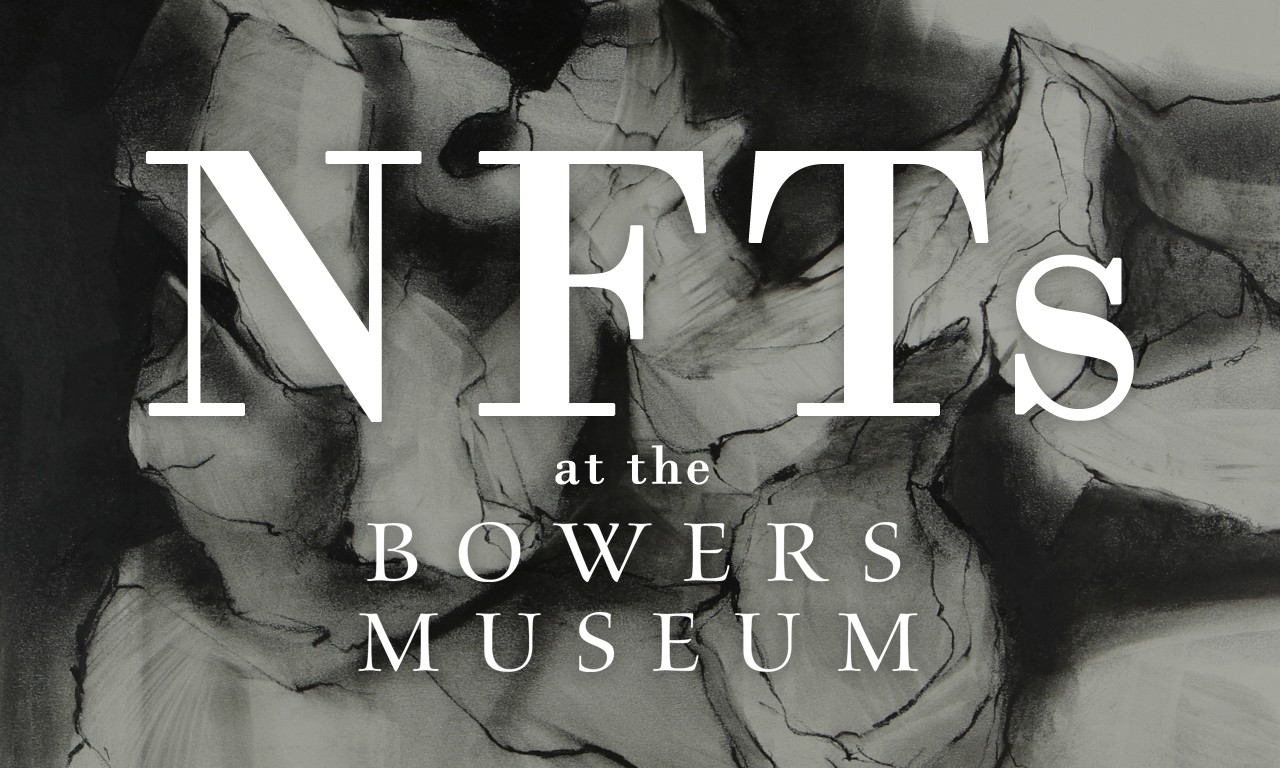 |
Composite made with NFTs (39135)
Gift of Mr. & Mrs. Lawrence R. Macaray |
Way of the Future
Are NFTs the way of the future? Many of the smartest minds of today feel that NFTs may one day find their place among other cutting-edge developments of their day like Betamax and HD DVD. Given that these burgeoning assets run little risk of disappearing into obscurity as quickly as they entered the arts scene, we at the Bowers have been looking for ways to incorporate NFTs into our program here whenever possible. The trouble is that getting a simple answer as to what exactly an NFT is has been difficult. Fortunately, we at the Bowers Blog believe that we have discovered several NFTs securely tucked away in our permanent collection storage.
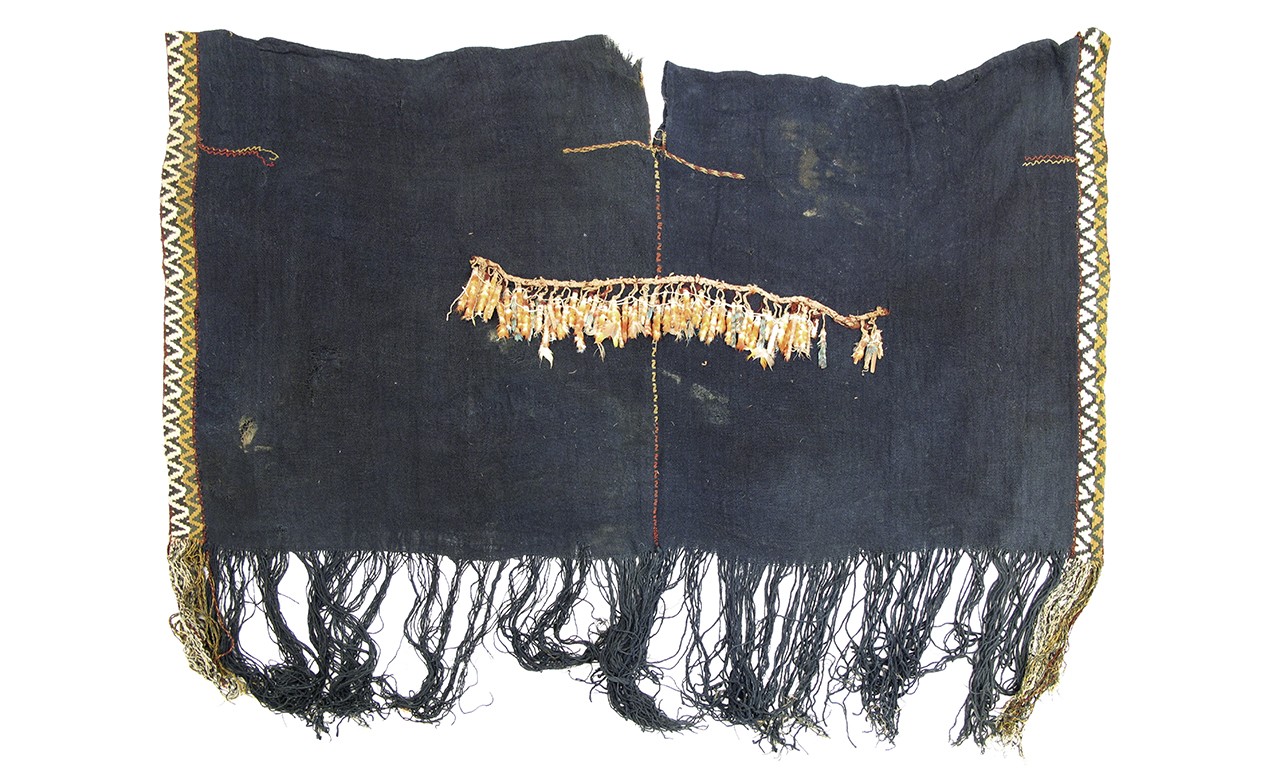 |
Nazca Feathered Tunic (NFT), 200-600 CE
Nazca culture; South Coast Peru
Alpaca wool and feathers; 51 5/16 x 41 1/2 in.
91.26.798
Gift of Mr. & Mrs. Roy & Bentley Dillard |
Nazca Feathered Tunic
The oldest NFT that our exhaustive research turned up was a Nazca feathered tunic (NFT), that is, upper body attire made by the same culture that is best known for the Nazca lines—enormous geoglyphs etched into the sands of the similarly named Nazca Desert of southern Peru. Our records indicate that this two-panel alpaca NFT was made at least 1400 years ago, meaning that its makers got into the NFT business early—always a savvy choice. If this is the case, then this example would demonstrate the longevity that is so often ascribed to NFTs.
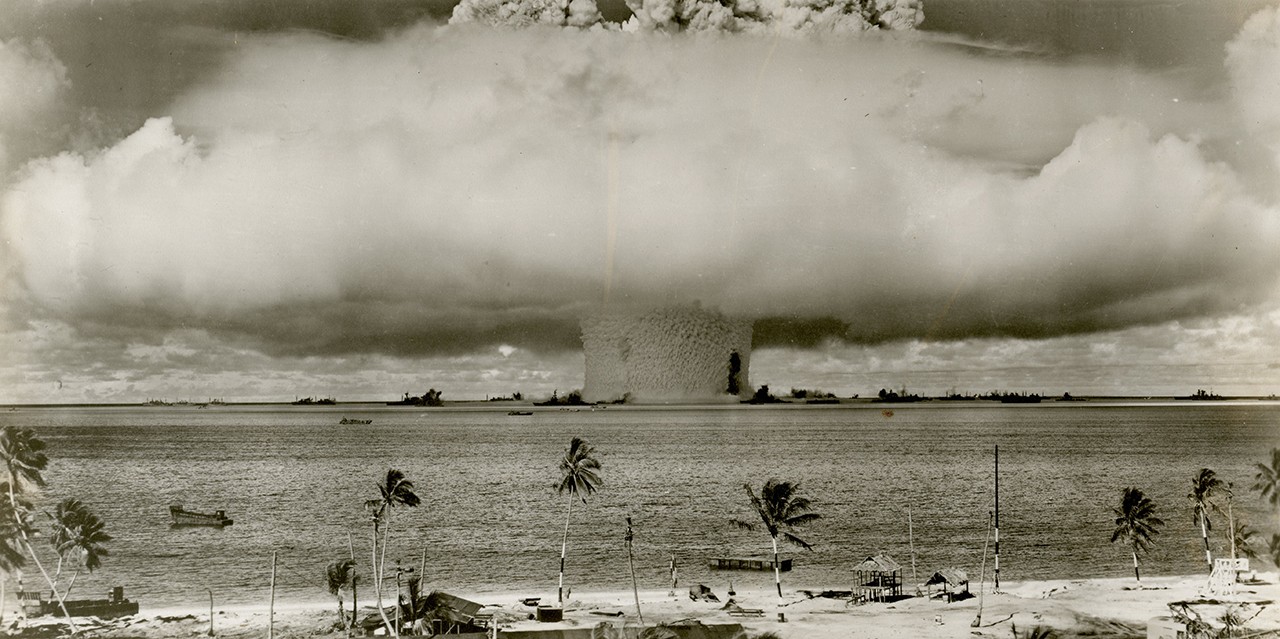 |
Nuclear Field Test (NFT), July 25, 1946
Unknown Photographer; Bikini Atoll, Marshall Islands
Photographic print; 8 1/2 x 10 in.
76.7.12C
Gift of Mr. William Lowe |
Nuclear Field Test
NFTs can be just about anything, sometimes that means that they can be quite grim. This is a photograph of an NFT, a nuclear field test, that took place in Bikini Atoll in the Marshall Islands on July 25, 1946 at 8:35 am local time. This NFT was a part of Operation Crossroads, which encompassed a whole series of NFTs conducted in the area. The purpose of the NFT was to observe the effects of nuclear devices on naval warships. The NFT was publicly announced beforehand and attended by the press. This particular NFT was Test Baker, the very first underwater NFT. The blast resulted in a shallow crater on the sea floor, a massive spray dome containing 2 million tons of water, a dome column that stretched 6,000 ft. tall and 2,000 ft. wide, as well as a tsunami that was 94 ft. high.
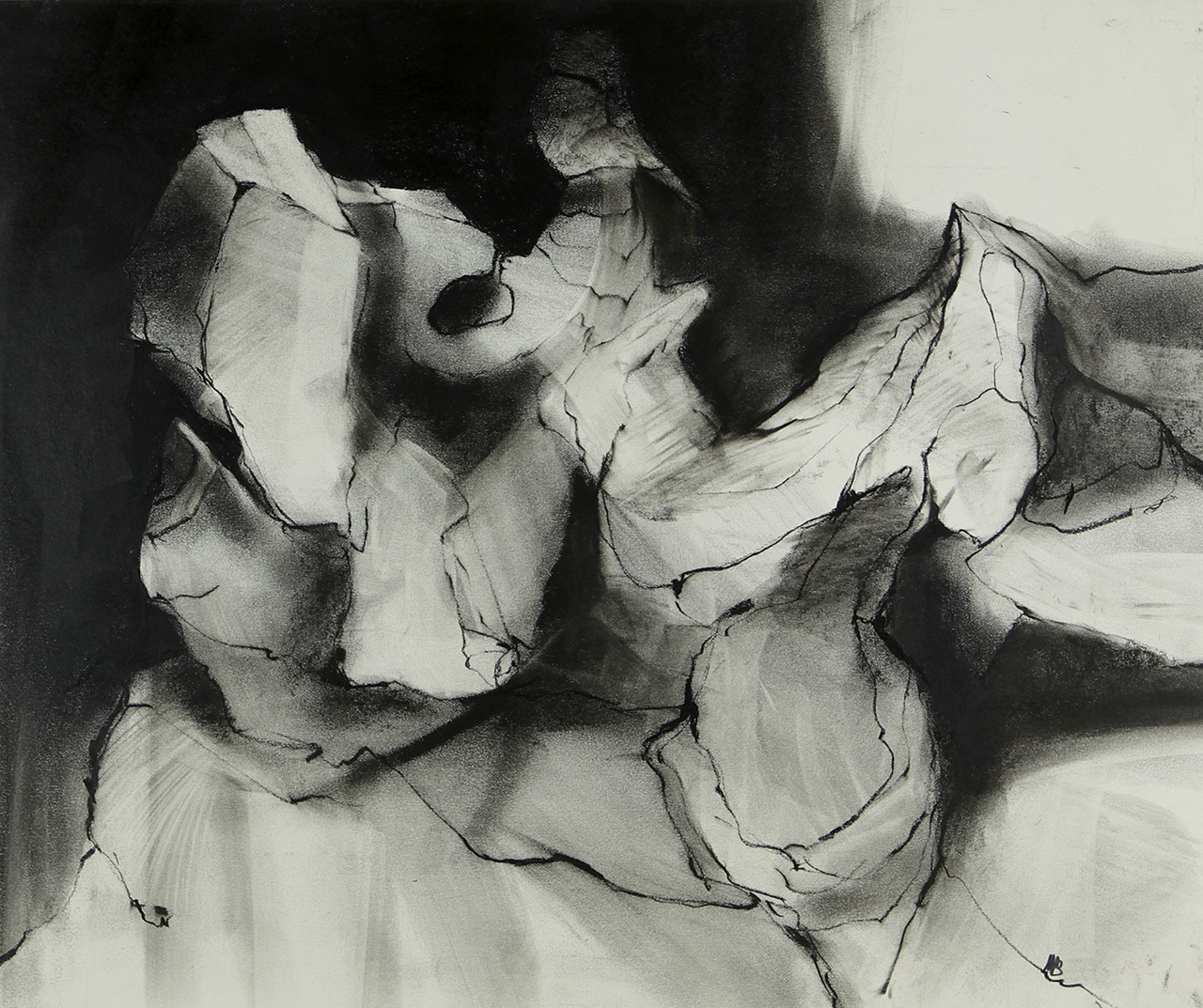 |
Non-Figurative Trees (NFTs)[Treeforms II], 1965
Mario Barattucci; Los Angeles, California
Charcoal on paper; 18 5/8 × 14 5/8 in.
39135
Gift of Mr. & Mrs. Lawrence R. Macaray |
Non-Figurative Tree
NFTs are perhaps not the most accessible constructs. To be certain, they as a whole defy a simple explanation and can individually be difficult to interpret. This charcoal drawing of the forms of non-figurative trees (NFTs) is by Mario Barattucci, a long-time professor at Santa Monica College and an avid print aficionado. This non-fungible work titled Treeforms II was made in 1965. Highly abstracted, the NFTs depicted in this drawing appear as an abstract of black mass of dark, branching forms. Looking at Treeforms II without the context of its title, one might find it odd that its network of connected lines hosts NFTs.
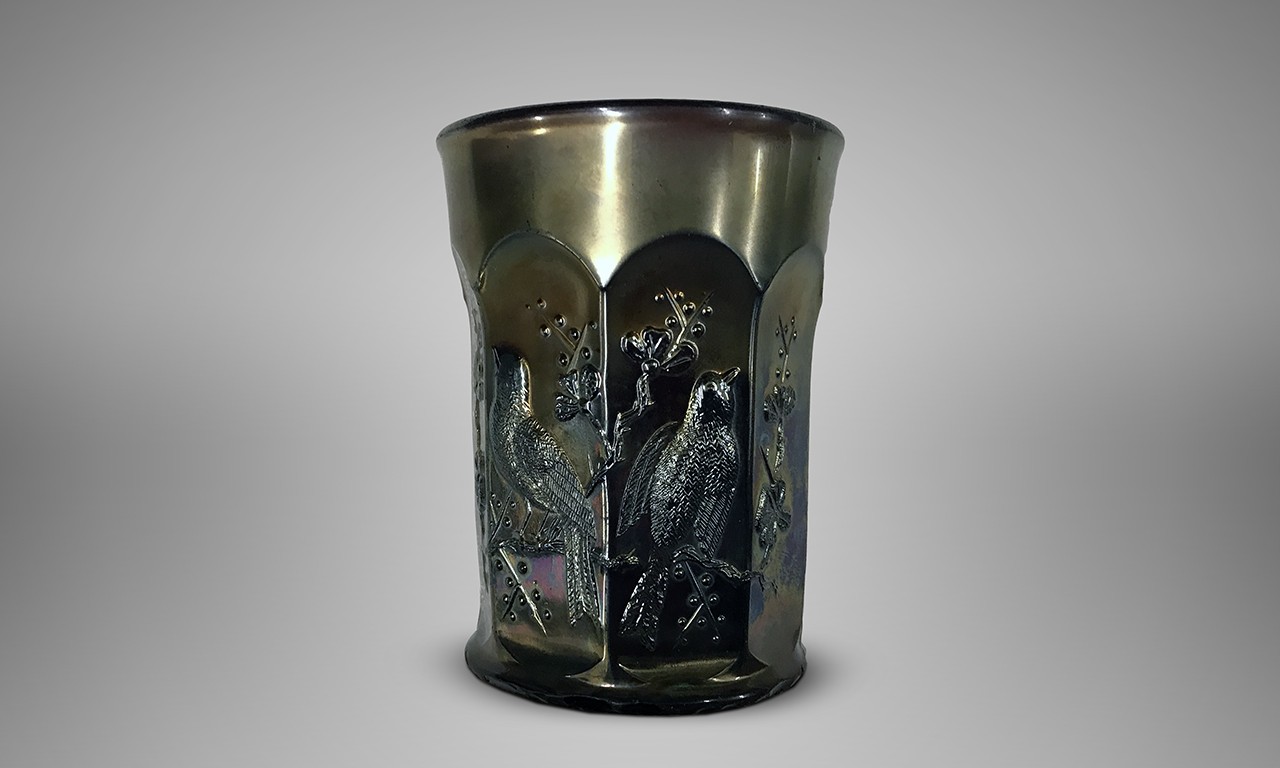 |
Northwood Factory Tumbler (NFT), c. 1920
Northwood Glass Company (American, 1887-1925); Wheeling, West Virginia
Carnival glass; 4 x 3 in.
97.50.99
Estate of Mable Marie Colean |
Northwood Factory Tumbler
Though not as early to the game as the Nazca, the Northwood Glass Company got into NFTs over 100 years ago. Harry Northwood founded the company in 1887 in Martins Ferry, Ohio. He had mixed success in several locations before ultimately opening up a factory in Wheeling, West Virginia. It was here that he developed his own formula for carnival glass, patterning it after the iridescent finished glass pioneered by the Fenton brothers of Fenton Art Glass Company around 1907. This Northwood factory tumbler (NFT) is unusual both for glassware and more specifically as an NFT in that it is not transparent. NFTs like this are actually a lot less scarce than one might imagine. Their other name, carnival glass, stems from the glassware being so pervasive that it was given out as a carnival prize.
 |
Blocky Chain (Bracelet), 1200-1500
Chimu culture; North Coast Peru
Silver; 11 in.
91.26.744
Gift of Roy and Bentley Dillard |
Blocky Chain
One of the few pieces of good intel on NFTs that the Bowers Blog was able to obtain was the importance of blockchains. Though we are still determining how exactly the two might be linked, the Museum happens to have some fairly blocky chains in both its Pre-Columbian Art and Arts of Asia departments. This particularly block-like chain was made by the Chimú culture living along the northern coast of Peru between 1200 and 1500 CE. A lot of Chimú silverwork can be recognized by its squarer, blockier appearance although this piece is remarkably intricate in its articulation. Perhaps it should be no surprise that a blocky chain would be so flexible.
Just NFT-easing
We hope you enjoyed this teaser of the NFTs and blocky chains in the Bowers collections. We look forward to rolling out even more NFTs in the days, weeks, and fortnights to come. In the meantime, we hope you have a very happy April Fool’s Day!
Text and images may be under copyright. Please contact Collection Department for permission to use. Information subject to change upon further research.







Comments